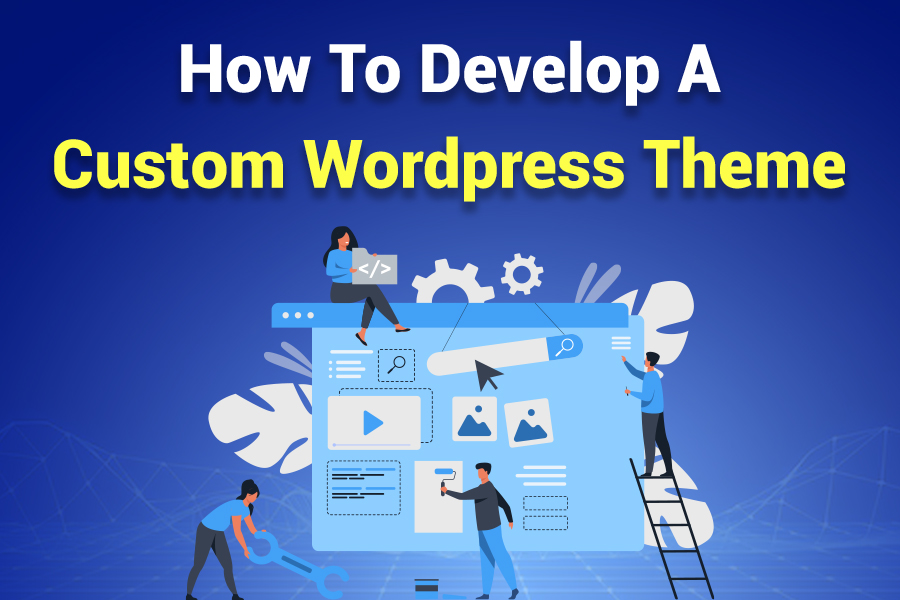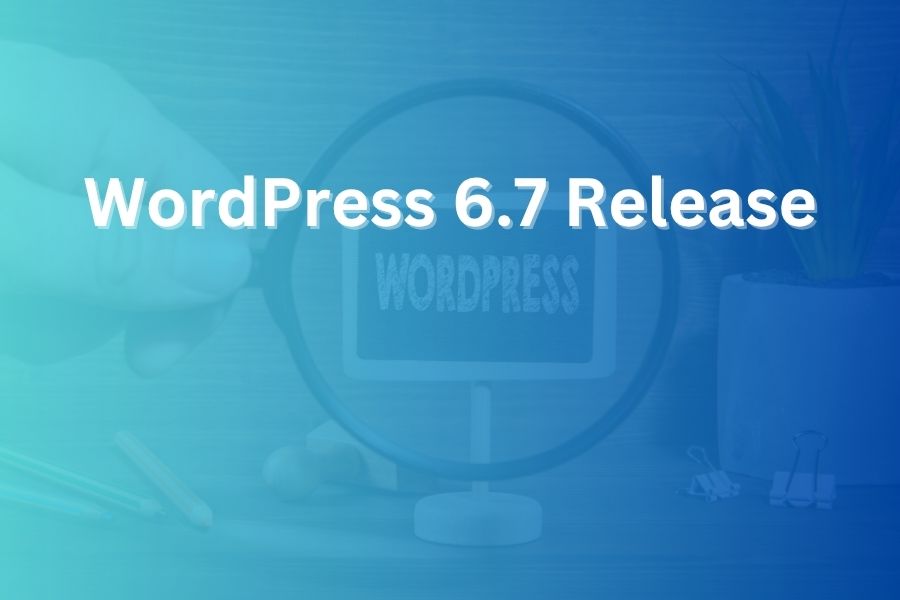
Creating a custom WordPress theme provides complete control over your website’s appearance and functionality. Unlike pre-built themes, custom development eliminates unnecessary code and bloat while implementing precisely what your project requires. Understanding how to develop a custom WordPress theme enables developers to build tailored solutions that meet specific business needs, enhance performance, and maintain brand consistency. This guide outlines the technical process, from initial setup to advanced implementation, for developers seeking to master custom theme creation.
Prerequisites for Theme Development
Before diving into theme development, ensure you have:
- Local development environment (XAMPP, MAMP, or Local)
- Code editor (VS Code, PhpStorm)
- Basic PHP, HTML, CSS, and JavaScript knowledge
- WordPress installation for testing
- Understanding of WordPress template hierarchy
Organize your development workspace with clear directory structures. Create a dedicated theme folder in wp-content/themes/ with a unique name. This folder will contain all theme files, starting with the required style.css and index.php. Establish version control using Git to track changes and facilitate collaboration.
Establishing the Theme Foundation
Every WordPress theme requires specific structural files:
- style.css: Contains theme metadata and styles
- functions.php: Handles theme functionality and asset loading
- index.php: Serves as the fallback template
Create these files with proper headers. In style.css, include:
/*
Theme Name: Custom Theme
Theme URI: https://example.com/
Author: Developer Name
Author URI: https://example.com/
Description: Custom WordPress theme
Version: 1.0
License: GNU General Public License v2 or later
License URI: http://www.gnu.org/licenses/gpl-2.0.html
Text Domain: custom-theme
*/In functions.php, enqueue stylesheets and scripts:
function theme_assets() {
wp_enqueue_style('main-style', get_stylesheet_uri());
wp_enqueue_script('main-script', get_template_directory_uri() . '/js/main.js', array(), '1.0', true);
}
add_action('wp_enqueue_scripts', 'theme_assets');Building Theme Components
Modular construction forms the backbone of efficient theme development. This section dissects the core structural elements—headers, footers, and content areas—transforming static HTML into dynamic WordPress templates. By establishing reusable components, we create a flexible foundation that maintains consistency while enabling site-wide updates through centralized file management.
Header and Footer Implementation
Split your HTML structure into modular components. Create header.php with:
<!DOCTYPE html>
<html <?php language_attributes(); ?>>
<head>
<meta charset="<?php bloginfo('charset'); ?>">
<meta name="viewport" content="width=device-width, initial-scale=1">
<?php wp_head(); ?>
</head>
<body <?php body_class(); ?>>
<header>
<div class="logo">
<?php if (has_custom_logo()): ?>
<?php the_custom_logo(); ?>
<?php else: ?>
<h1><?php bloginfo('name'); ?></h1>
<?php endif; ?>
</div>
<nav>
<?php wp_nav_menu(array('theme_location' => 'primary')); ?>
</nav>
</header>Create footer.php with:
<footer>
<p>© <?php echo date('Y'); ?> <?php bloginfo('name'); ?></p>
</footer>
<?php wp_footer(); ?>
</body>
</html>Content Area Development
Implement WordPress’s Loop in index.php to display posts:
<?php get_header(); ?>
<div class="content">
<?php if (have_posts()): ?>
<?php while (have_posts()): the_post(); ?>
<article id="post-<?php the_ID(); ?>" <?php post_class(); ?>>
<h2><a href="<?php the_permalink(); ?>"><?php the_title(); ?></a></h2>
<div class="entry-meta">
<?php echo get_the_date(); ?> by <?php the_author(); ?>
</div>
<div class="entry-content">
<?php the_excerpt(); ?>
</div>
</article>
<?php endwhile; ?>
<?php the_posts_pagination(); ?>
<?php else: ?>
<p><?php _e('No posts found', 'custom-theme'); ?></p>
<?php endif; ?>
</div>
<?php get_footer(); ?>Implementing Theme Functionality
Static layouts gain dynamic capabilities through strategic WordPress integration. This segment focuses on translating design elements into interactive features, including navigation menus, widget areas, and template hierarchy implementation. We’ll bridge the gap between visual design and backend functionality, ensuring components respond to content management actions while preserving design integrity.
Navigation Menus
Register menu locations in functions.php:
function register_theme_menus() {
register_nav_menus(array(
'primary' => 'Primary Menu',
'footer' => 'Footer Menu'
));
}
add_action('init', 'register_theme_menus');Widget Areas
Add widget support in functions.php:
function theme_widgets() {
register_sidebar(array(
'name' => 'Sidebar',
'id' => 'sidebar-1',
'description' => 'Add widgets here',
'before_widget' => '<div class="widget">',
'after_widget' => '</div>',
'before_title' => '<h3 class="widget-title">',
'after_title' => '</h3>'
));
}
add_action('widgets_init', 'theme_widgets');Template Hierarchy Implementation
Create specialized templates for different content types:
single.php: Individual postspage.php: Static pagesarchive.php: Post archivessearch.php: Search results404.php: Error page
Each template follows the same structure as index.php but with specific content display logic.
Advanced Theme Features
Elevating themes beyond basic layouts requires specialized WordPress integrations. This section explores sophisticated enhancements like Customizer controls for real-time adjustments, Gutenberg block editor compatibility, and custom post type registration. These advanced implementations transform static themes into dynamic, adaptable platforms that address complex business requirements while maintaining scalability.
Customizer Integration
Add theme options via the Customizer:
function theme_customizer($wp_customize) {
$wp_customize->add_section('theme_options', array(
'title' => 'Theme Options',
'priority' => 130,
));
$wp_customize->add_setting('accent_color', array(
'default' => '#0073aa',
'sanitize_callback' => 'sanitize_hex_color',
));
$wp_customize->add_control(new WP_Customize_Color_Control($wp_customize, 'accent_color', array(
'label' => 'Accent Color',
'section' => 'theme_options',
'settings' => 'accent_color',
)));
}
add_action('customize_register', 'theme_customizer');Gutenberg Compatibility
Support block editor features:
function theme_gutenberg_support() {
add_theme_support('align-wide');
add_theme_support('responsive-embeds');
add_theme_support('editor-styles');
add_editor_style('style-editor.css');
}
add_action('after_setup_theme', 'theme_gutenberg_support');Custom Post Types
Register custom content types in functions.php:
function create_portfolio_post_type() {
register_post_type('portfolio',
array(
'labels' => array(
'name' => __('Portfolio Items'),
'singular_name' => __('Portfolio Item')
),
'public' => true,
'has_archive' => true,
'supports' => array('title', 'editor', 'thumbnail'),
'menu_icon' => 'dashicons-portfolio',
)
);
}
add_action('init', 'create_portfolio_post_type');Testing and Quality Assurance
Rigorous testing ensures theme reliability:
- Cross-browser compatibility: Test on Chrome, Firefox, Safari, and Edge
- Responsive design: Verify functionality on mobile, tablet, and desktop
- WordPress validation: Use Theme Check plugin to identify issues
- Performance testing: Analyze load times with GTmetrix or PageSpeed Insights
- Accessibility audit: Verify WCAG compliance with WAVE or AXE tools
Common issues to address:
- Broken image paths (use
get_template_directory_uri()) - Missing WordPress hooks (
wp_head(),wp_footer()) - Incorrect template hierarchy implementation
- Unsanitized output (use
esc_html(),esc_url())
Best Practices for Theme Development
- Security:
- Sanitize all user inputs
- Use nonce verification for forms
- Escape output with appropriate functions
- Performance:
- Minify CSS and JavaScript
- Optimize images
- Implement lazy loading
- Use browser caching
- Code Organization:
- Separate concerns with template parts
- Use consistent naming conventions
- Document code with comments
- Internationalization:
- Wrap text strings in
__()or_e() - Create language files
- Test with different locales
- Child Theme Support:
- Declare parent theme compatibility
- Use
get_template_directory()for parent theme files - Provide hooks for child theme overrides
Conclusion
Understanding how to develop a custom WordPress theme empowers developers to create tailored solutions that precisely meet project requirements. This technical guide has outlined the complete development process, from initial setup to advanced implementation. Custom themes offer superior performance, enhanced security, and complete design control compared to pre-built alternatives. By following WordPress coding standards, implementing proper security measures, and adhering to best practices, developers can produce themes that are both powerful and maintainable. The investment in custom theme development pays dividends through unique functionality, optimized performance, and seamless integration with business objectives.
Frequently Asked Questions
How long does it take to develop a custom WordPress theme?
Development time varies from 40-200 hours depending on complexity. Simple themes may take 1-2 weeks, while complex implementations with custom functionality can require 2-6 months.
What programming languages are required for custom theme development?
Core languages include PHP (for WordPress functionality), HTML (structure), CSS (styling), and JavaScript (interactivity). Knowledge of MySQL is beneficial for database interactions.
Can I sell custom WordPress themes I develop?
Yes, provided you comply with WordPress theme guidelines and GPL licensing requirements. Commercial theme marketplaces have additional quality standards and review processes.
How do I ensure my custom theme remains compatible with WordPress updates?
Follow WordPress coding standards, avoid deprecated functions, implement proper hooks, and test with beta versions. Regular maintenance updates are essential for long-term compatibility.
What tools help streamline custom theme development?
Development tools include local server environments (Local, XAMPP), version control (Git), task runners (Gulp, Webpack), and debugging tools (Query Monitor, Debug Bar).
Should I use a starter theme or build from scratch?
Starter themes like Underscores or Genesis provide solid foundations and best practices. Building from scratch offers complete control but requires more time and expertise. Choose based on project requirements and timeline.






